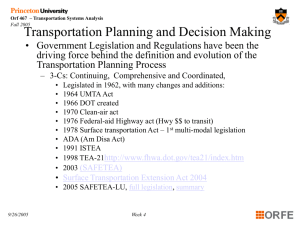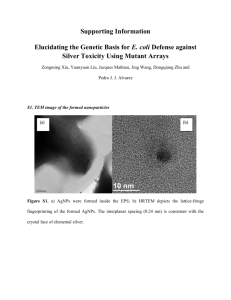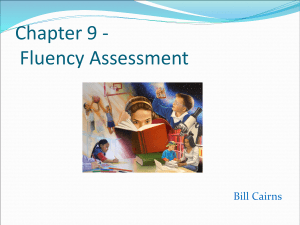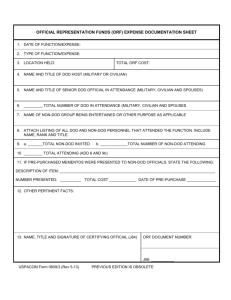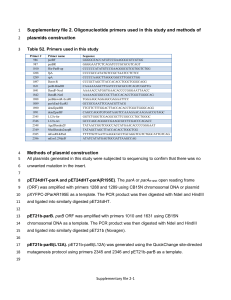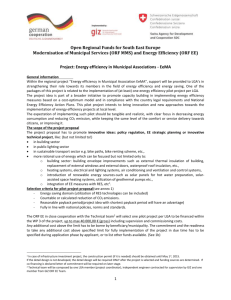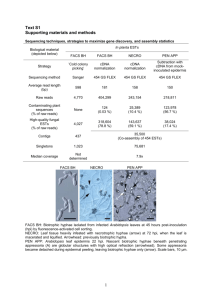DEV-DEV2-Hart20111251-RRR
advertisement
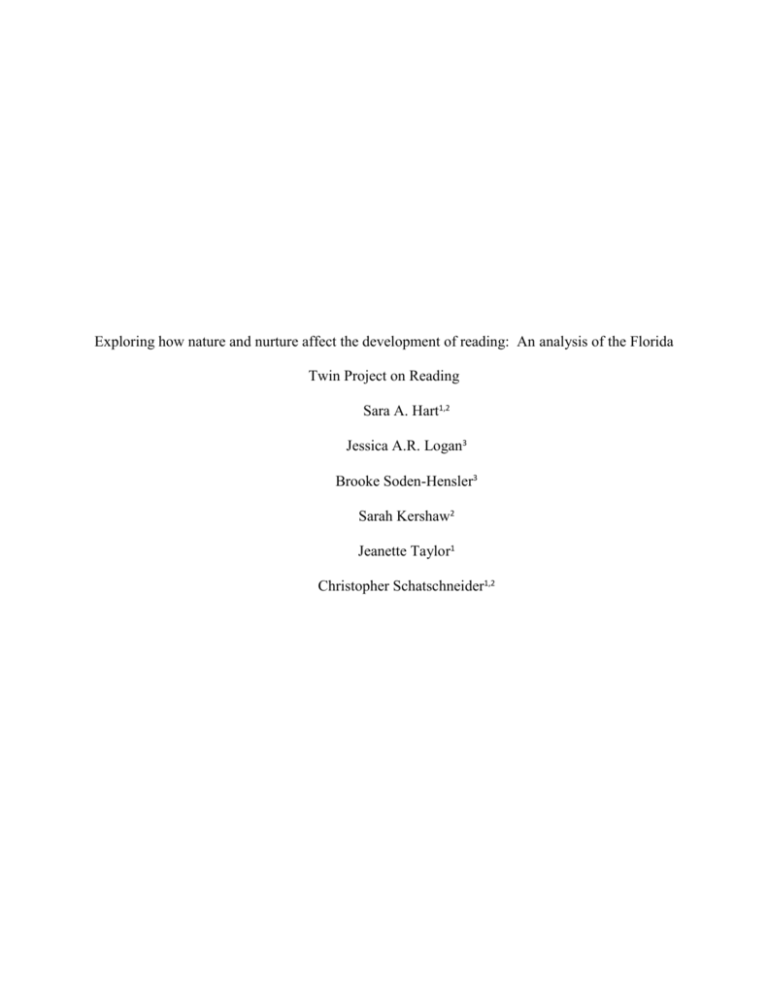
Exploring how nature and nurture affect the development of reading: An analysis of the Florida Twin Project on Reading Sara A. Hart1,2 Jessica A.R. Logan3 Brooke Soden-Hensler3 Sarah Kershaw2 Jeanette Taylor1 Christopher Schatschneider1,2 Supplemental Material Additional Results Cholesky decomposition In addition to the biometric latent growth curve model, a Cholesky Decomposition was also fit to the data (Supplemental Figure 1). This model does not represent a developmental approach to examining the data, but does allow the decomposition of the variance on and covariance among the grades of ORF scores into estimates of genetic (A), shared environmental (C) and nonshared environmental (plus error; E) effects. In a Cholesky Decomposition, the first set of biometric factors (A1, C1 and E1) represents the common genetic, shared environmental and nonshared environmental influences among all the grades of ORF. The second set of biometric factors (A2, C2 and E2) represents the genetic, shared environmental and nonshared environmental influences among grades 2 to 5, after accounting for the first set of influences on all of the grades. The third set (A3, C3 and E3) represents the covariance among grades 3 to 5, after accounting for the first two sets of biometric factors. The fourth set (A4, C4 and E4) represents the decomposition of the covariance between grades 4 and 5 after accounting for the first three sets. Finally, the fifth set (A5, C5 and E5) represents the genetic, shared environmental and nonshared environmental influences on grade 5 alone, after accounting for all the previous influences. Results from the Cholesky decomposition suggest that all of the pathways from the first two genetic biometric factors are significant. This suggests that there are common genetic influences underlying all of the grades of ORF scores (A1), and in addition to this common variance there is a second source of genetic effects underlying grades 2 to 5 (A2). No other genetic pathways were significant. Turning towards the shared environment biometric factors, all pathways from C1 were significant, suggesting common shared environmental influences underlying all five grades of ORF scores. Additionally, the first pathway from the C2 factor was significant (pathway = .24). Finally, the results from the nonshared environmental biometric factors suggest that there is a common environmental influence underlying grades 1 through 4 (E1 factor except for the pathway to grade 5, which is not significant). All other nonshared environmental pathways are significant, except for the E4 pathway to grade 5 ORF. Supplemental Table 1. Path estimates from the Cholesky decomposition, representing the genetic (A), shared environmental (C), and nonshared environmental (E) influences among the five grades of oral reading fluency (ORF) scores [confidence intervals in brackets]. ORF grade 1 ORF grade 2 ORF grade 3 ORF grade 4 ORF grade 5 ORF grade 1 ORF grade 2 ORF grade 3 ORF grade 4 ORF grade 5 ORF grade 1 ORF grade 2 ORF grade 3 ORF grade 4 ORF grade 5 A1 .89* [.84-.94] .67* [.60-.73] .53* [.46-.60] .43* [.32-.53] .45* [.29-.61] C1 .31* [.18-.42] .39* [.22-.51] .52* [.37-.62] .48* [.31-.67] .45* [.19-.34] E1 .38* [.36-.41] .18* [.14-.21] .16* [.11-.20] .18* [.07-.27] .15 [.00-.32] A2 A3 A4 A5 .45* [.39-.51] .54* [.45-.62] .60* [.45-.62] .51* [.30-.76] C2 .19 [.00-.31] .02 [.00-.38] .23 [.00-.50] C3 .27 [.00-.36] .36 [.00-.46] C4 .00 [.00-.34] C5 .24* [.07-.73] .03 [.00-.60] .10 [.00-.53] .17 [.00-.61] E2 .00 [.00-.26] .00 [.00-.24] .00 [.00-.37] E3 .00 [.00-.16] .00 [.00-.30] E4 .00 [.00-.27] E5 .34* [.32-.37] .17* [.13-.21] .15* [.08-.24] .21* [.09-.32] .32* [.30-.35] .20* [.13-.26] .24* [.14-.34] .33* [.29-.38] .09 [.00-.20] .31* [.24-.37] Note. * indicates significance as calculated through 95% confidence intervals which do not bound zero. Supplemental Figure 1. Cholesky Decomposition representing genetic (A), shared environmental (C) and nonshared environmental (E) influences among grades 1 through 5 oral reading fluency (ORF) scores. E1 C2 A2 E2 C3 A3 E3 C4 A4 E4 C5 A5 C1 A1 ORF g1 ORF g2 ORF g3 ORF g4 ORF g5 E5
